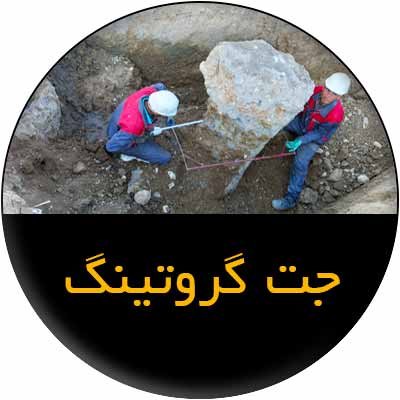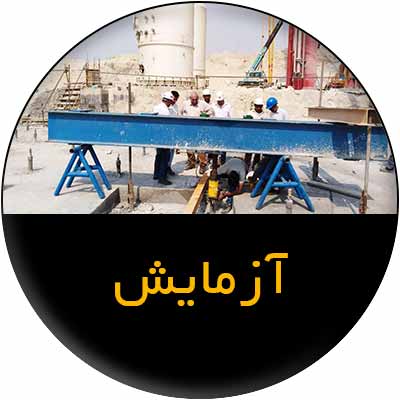Abstract: Nowadays, CPT-based methods are vastly employed for predicting the bearing capacity of offshore piles. Previous experiences have shown that the pile capacity is time-dependent (setup and relaxation). The time effect on pile-bearing capacity is extremely important and is missing in most CPT-based prediction methods. Thus, the main objectives of this paper are (1) comparing the pile capacity results of some popular CPT-based methods with those obtained from the Pile Dynamic Analyzer (PDA) and Case Pile Wave Analysis Program (CAPWAP) at End-Of-Drive (EOD) and Beginning-Of-Restrike (BOR) conditions periodically up to9 months during pile installation; and (2) comparing the predictions of the most accurate CPT based methods to the Skov and Denver (1988) equation which has a semi-logarithmic time function form. For verification purposes, the critical focus of this study has been on employing the invaluable and very rare results of a test pile driven in offshore clays of the South Pars field – the Persian Gulf, Iran. The field results show that almost all CPT-based methods estimate the pile capacity higher than those of EOD condition. However, they are generally close to the results of the BOR condition as well as the Skov and Denver (1988) equation with a 100-day time reference. In addition, compared to the long-term predictions of CPT-based methods, the set-up factor values proposed by NGI (2000) equation are the most precise ones against the CAPWAP results.
.











